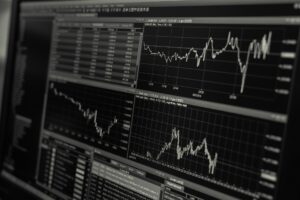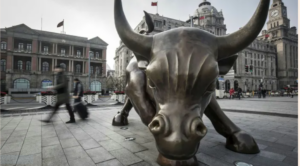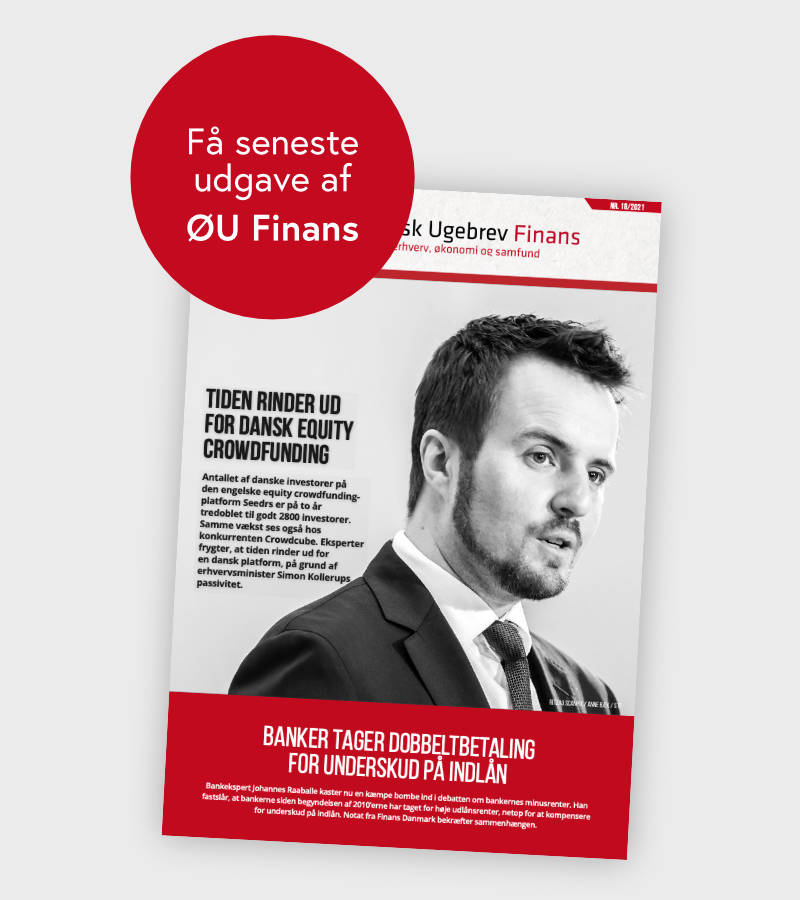Erik F. Nielsen fra Unicredit: Vil Europa blive klemt i opgøret mellem USA og Kina? ”Regardless of the nuances of opinion about exactly how complicated the global fragmentation may become, almost everyone I talked to these past two weeks thought that Europe will get squeezed in this new era of US-China strategic competition.
I fundamentally agree, but I spent a fair bit of time arguing that there is hope – and, paradoxically, if Trump wins in November (God forbid!) the probability of serious European initiatives coming to fruition increases significantly. But first this: Whether Biden or Trump wins in November, the prospects for the necessary level of industrial policy initiatives in Europe remain insufficient relative to the US (IRA, chips, infrastructure etc.) and to China’s long established industrial policies.
It is almost ten years ago that we learned about “Made in China 2025”, China’s explicit strategy to dominate a long list of key strategic sectors. Why it took this long for the US and Europe to react is a discussion for another day, but the implications have now finally been recognised. A couple of months ago, EU Commissioner for Competition, Margrethe Vestager, justified in a TV interview the EU’s investigation of Chinese industrial policies with “We have been played” and lost several key industries in the process.
So far, however, the EU has been moving too slowly – and too much in the direction of regulation and (likely) tariffs, rather than via incentives. But not all of Europe: The week before last, German State Secretary, Jörg Kukies, defended (at an IIF conference in Paris) the EUR 20bn already committed by the German government to attract incoming FDI in key sectors by noting that “you are either in the global competition for key industries or you are not”.
I not only agree, I’m encouraged by German initiatives in the area. Of course, it comes with risk to the EU’s Single Market. So far, the EUR 20bn represents about threefourth of all such subsidies in the EU. The only solution, therefore, is a European industrial policy facility, with common funding and a common process. And it’s urgent! If all of the EU cannot agree on this very soon, an inner group of “the willing” ought to move ahead.”
Læs hele analysen her.
Natixis: Europe: How much damage could tariff hikes cause? “It looks increasingly likely that European companies will face rather sooner than later new tariffs when exporting to China or the US. As the EU is likely to hike tariffs for Chinese imports of electric vehicles, China in turn is likely to respond by lifting import tariffs for European exporters to China. Whether European exporters to the US will also face new tariffs will very much depend on the outcome of the election in November. A re-election of Trump would likely lead to new tariffs being slapped on European imports in the US. We try to quantify the growth effect of tariffs in this report with the help of two different empirical approaches. Our analysis shows that tariff hikes have clearly the potential to dent growth in the euro area significantly. A 10% tariff hike could reduce output in Germany by around 0.5%, 0.3% in France, 0.4% in Italy and 0.2% in Spain. Thus, depending on the size of the hikes, the euro area could slide into recession in response to higher tariffs.”
Læs hele analysen her.
Den Norske Bank: Første rentesænkning fra ECB den 6. juni, men usikkert med den næste: “The first ECB rate cut in five years, to “remove the top level of restriction” Members of the Governing Council have made it very clear: barring major surprises, the ECB intends to cut policy rates on 6 June by 25 bps, leaving the deposit rate at 3.75%. The intention is well articulated by ECB Chief Economist Phillip Lane in an interview: “at this point in time there is enough in what we see to remove the top level of restriction”. In other words, rates will not be on a steady course back down to a perceived neutral rate. As stated by Isabel Schnabel in an interview, “Recent data have confirmed that the last mile of disinflation is the most difficult” and there is “high uncertainty about the inflation outlook”. The ECB is unlikely to provide explicit guiding on the expected timing of the next cut. Rather, the message will be that this will depend on the incoming data.”
Læs hele analysen her.
Morten W. Langer







